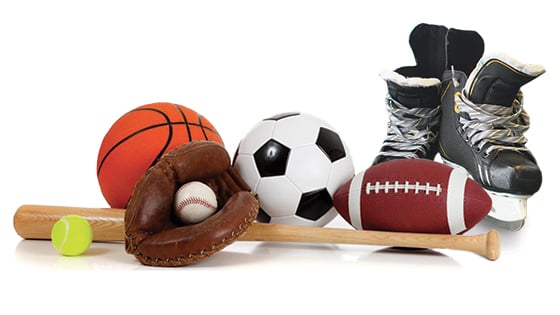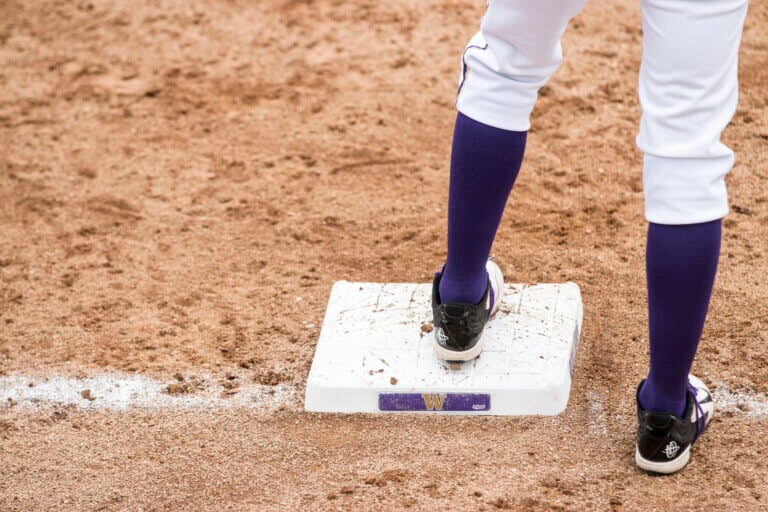Sports Specialization vs. Multiple Sports: What's Better?

With more and more club teams and elite camps popping up in youth sports and pressure for success coming from many directions, it’s no surprise that young athletes and their families are choosing to “specialize” in one sport year-round instead of participating in multiple sports throughout the school year. Is one option better for young athletes or do both have an equal chance of helping athletes stay healthy and (for a few athletes) make it to the collegiate and professional levels?
Children who play one sport exclusively (single sport-specialization) have not only increased in number over the years, but they’re doing so at younger and younger ages. The American Academy of Physicians has emphasized that even if a child is focused on professional play (or even a college scholarship), participation in multiple sports still improves both the health of the child and even their overall performance. They recommend that children should have at least three months off from intensive sports and at least one day of rest a week.
There is also evidence that encouraging athletes to not specialize too young can lead to fewer overuse injuries, less emotional and physical burn-out, more exposure to different roles and accumulate more skills in a variety of environments. Plus, different sports require different mental mindsets and physical skills, which allows athletes to develop a more diverse skillset.
What about those who do make it to the pros? Did specialization help them or not? A study released late in 2017 may provide answers to that. It looked at 237 professional athletes in the NBA and compared those who were specializing in a single sport by high school versus those who spent high school playing a variety of sports. 36 were multi-sport athletes; 201 were single sport. The 37 who did not specialize in high school played in an average 78.4 percent of games, vs. 72.8 percent for single sport athletes. The multi-sport athletes were also less likely to sustain a major injury; 25 percent had one as opposed to 43 percent of single sport. Interestingly, 94 percent of multi-sport athletes were still active in the league, as opposed to 81.1 percent of the single sport ones.
Despite encouraging young athletes to not specialize in one sport too early, sports medicine experts still agree that some degree of specialization is paramount for gaining elite skills. For some individual sports (such as gymnastics or diving), this could occur when children are still in their early adolescence, whereas intense training for many sports (including team sports and endurance events) should be delayed as long as possible in order to decrease psychological stress and/or overuse injuries. Similarly, specializing might help athletes achieve the 10,000-hour rule to reach peak performance or provide kids the opportunity to be a part of experiences only available to the most elite athletes.
So, what does this mean for parents, coaches and athletic trainers involved in a child’s athletic journey? Here are a few recommendations:
-
Make sure athletes have multiple avenues for development. For some athletes, this might involve running track in the football offseason as a way to stay physically active without the full body contact that comes with football. For others, it might be playing more casual backyard soccer with friends in the summer instead of only participating in elite travel teams.
-
Recognize what goals a child actually has and at what age those goals are generally attained. For example, a child who dreams of being the next Simone Biles would most likely specialize in gymnastics at an earlier age than a kid who wants to play basketball at the collegiate level.
-
Encourage athletes to take time to rest and explore non-athletic interests to lower emotional burnout.
-
Create a care circle of athletic trainers, parents, coaches, mentors, and physicians for an athlete who is hoping to compete at an elite level to monitor best practices and the athlete’s physical and mental well-being.
-
Remember that organized sports are supposed to be fun and to always put the athlete’s well-being and choices at the forefront of any decisions on specialization.
![HR Logo [Recovered]_Full Color Vertical-1](https://blog.healthyroster.com/hs-fs/hubfs/HR%20Logo%20%5BRecovered%5D_Full%20Color%20Vertical-1.png?width=199&height=178&name=HR%20Logo%20%5BRecovered%5D_Full%20Color%20Vertical-1.png)


.jpg)